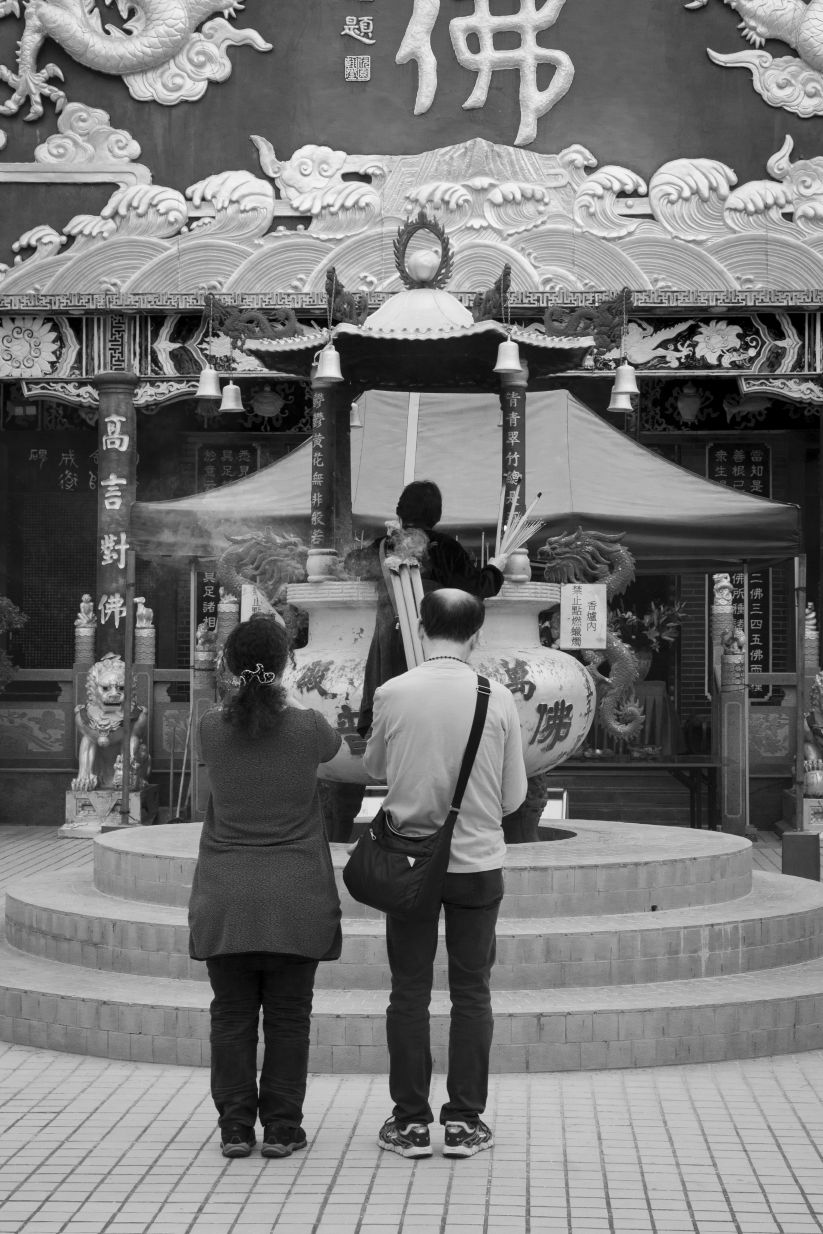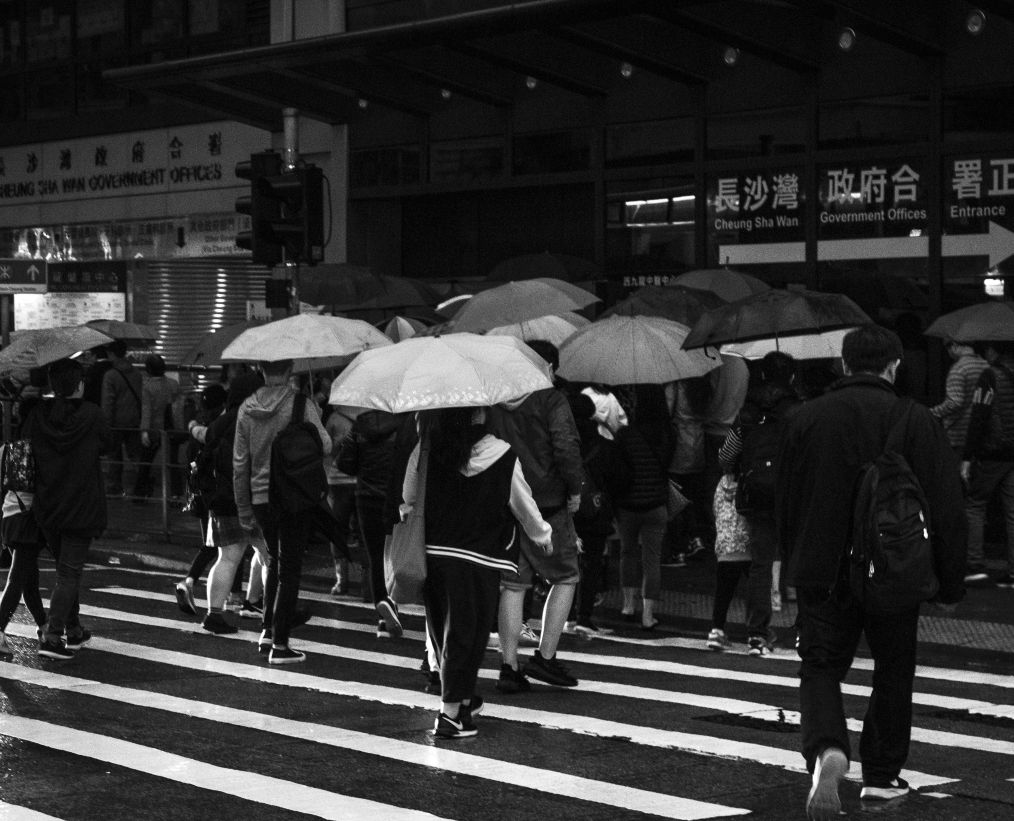The four months of devastating societal unrest in Hong Kong is an exhausting and terrifying affair. Hong Kong’s international image has shifted dramatically from Asia’s safe financial center to a volatile territory with an uncertain future. Carrie Lam’s, the Chief Executive, feeble attempts to ameliorate the situation have only succeeded in making Hong Kongers angrier. Over the past 225 days, I, like many others, have clung desperately to the news and watch as the place I have grown to love succumbs to violence. Despite the boiling rage, the core of wonder in Hong Kong remains–but it is disappearing.
It is easy to remember my time in Hong Kong: setting my bags down next to my feet, I put on my headphones and stare outward with the full peripheral clarity of a double-decker bus. The smell of mildew and body odor from a humid afternoon rain waft from passengers shuffling around the bus with each stop.
As music and ambient Cantonese wash over my ears, I sit wide-eyed and entranced by the fast-moving tungsten and fluorescent squares amassed on the walls of concrete towers. The dense city blocks of Sham Shui Po meld into spacious greenery and overlapping mountains; The silhouetted forms take on a painterly quality as the twilight, and crepuscular rays bend through a particulate-heavy air.
These long daily commutes serve as a needed break in the sensory-numbing intensity of Hong Kong. In terms of square meters, Hong Kong is brimming with people. Yet, through language barriers, it is easy to feel impaled by Hopper-type loneliness. With camera and journal in hand, I wind my way through the crowded streets of Sham Shui Po and Kowloon, dodging the continuous precipitation falling from the air conditioners above.
As an artist, the compact, grungy, neon-laden nature of the New Territories is addicting. A century of rich history weaved into the ever-expanding fabric of the city. The people are the real stars, and I have grown to appreciate that snappy, often perceived as rude, Hong Kong personality. Lines of old men gambling with Mahjong, hundreds of people loudly advertising their inventory and bidding on fish and meats, amorous old men cascaded in pink neon fumbling with a buzzer to enter “love massages,” and people taking an afternoon nap out in their street shops. Hong Kong’s street life enchants the eye with a unique, down to Earth charm that leaves you mentally invigorated rather than feeling drained.
There are moments of stillness. The light rain on an early afternoon can slow people down to an almost sleepy state. Masses of umbrellas migrate through the wide streets, only to dissipate under the market awnings mounted over the sidewalks. The soft, steamy glow from neon signs, food stalls, and Guan Yu shrines penetrate the otherwise gray atmosphere from the rain, painting the streets in streams of vibrating color. I have fallen deeply in love with Hong Kong, though it is a love that is bittersweet.
I willingly threw myself into understanding and recording its toxic politics and sclerotic governance for six months, concluding as a 19-minute read with historical analysis, primary interviews, and photos. Brewing since the Sino-British Joint Declaration in 1984, the spotlight on the territories’ insecurities and issues of identity have elevated to a new international audience. After I was in Hong Kong for its 20th anniversary in 2017, my political interests peaked, later encouraging me to transfer to Hong Kong in 2019.
The 2014 umbrella protests were a warning sign of underlying anger over autonomy and identity developing in the masses, needing only a slight nudge to bring people to the streets again. This February, nineteen-year-old Chan Tong-kai murdered his girlfriend in Taiwan–the seed for the rushed and profoundly flawed Extradition bill. The bill, mixed with the National Anthem Law and Xi Jinping’s aggressive Sinocentric stance towards Taiwan, created a perfect storm in Hong Kong. The news was overwhelming, terrifying, heart-wrenching, and in my case, addicting. It became frighteningly apparent that the Hong Kong I know will disappear, further driving me to preserve my observations by documenting all sensory inputs through writing and photos. Societal unrest should have hampered my experience, but it instead enhanced it. Researching and attending demonstrations made me feel closer to the city. I still have many friends in Hong Kong and a constant drive to return.
It was only a matter of time until the protests affected SCAD. Around 12:00 am Thursday, Hong Kong students awoke to an email from the Director of Student Success stating that there will be no evening classes during the Winter 2020 term–citing public transportation concerns. More alarming was the email noted that “no new or additional students will be allowed to move in [to Gold Coast],” and students are not to remain at Gold Coast during Winter break. The closure of public transportation (MTR) stations has become more prevalent, and confrontations between police and protestors have become progressively violent, with petrol bombs, Molotov cocktails, and tear gas used daily. The unrest has affected Hong Kong’s EIU’s Safe City Index (Economist Intelligence Unit), moving the territory from 9th place in 2017 to 20th in 2019.
Politics and protests aside, I encourage people to visit, not to party, and get drunk in SoHo with the rest of the ex-pats, but to wander and experience the delicate, wonderful culture Hong Kong offers. Eat delicious Indian cuisine at the infamous Chungking Mansions, Hong Kong’s last remaining ghetto made famous by Wong Kar-wai’s 1994 movie, Chungking Express; Visit the graveyard of ceramic deities in Waterfall Bay Park and pop into the nearby anti-gallery, Empty Gallery in Aberdeen; In a haunting, powerful experience, take a candle and remember the 1989 Tiananmen Massacre with hundreds of thousands of Hong Kongers on June 4th in Victoria Park; Take a relaxing ferry from Tuen Mun to Tai O, a protected fishing village; Internalize the serene atmosphere at the Chi Lin Nunnery, then stroll over the gorgeous Classical Chinese garden, Nan Lian Garden, to see the Golden Pavilion of Absolute Perfection; Or stop by Kwan Kee Bamboo Noodle, a restaurant known for its excruciating methods to make mouth-watering noodles.
Whether you are scoping out restaurants or visiting a remote Hakka village, Hong Kong will grab your attention and never let go. I have a simple request: Be more like an anthropologist than a tourist. Spark up conversations with locals, ask questions, dig a bit deeper, and embrace Hong Kong’s inimitable, complicated culture with open arms, and you too, as I have, will fall in love.


























